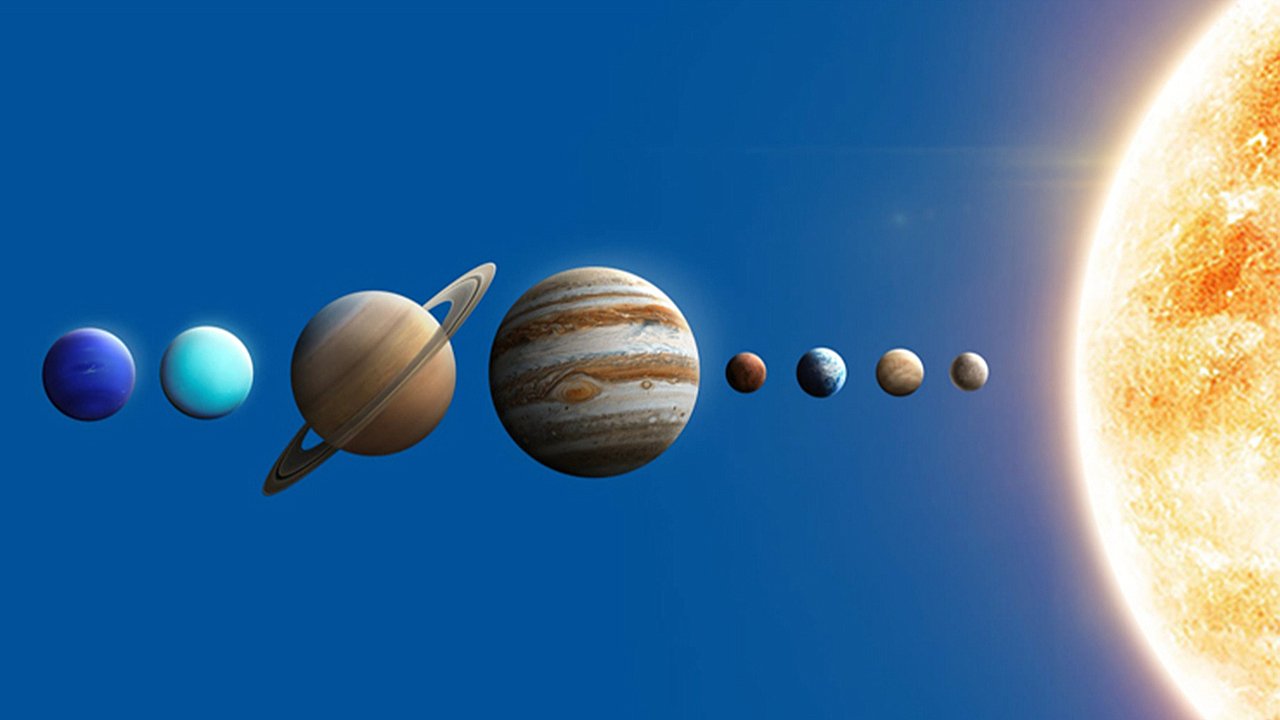Rare Seven-Planet Alignment Promises a Cosmic Spectacle
Stargazers, prepare for a celestial treat. On February 28, Mercury will join six other planets—Venus, Mars, Jupiter, Saturn, Uranus, and Neptune—for a rare seven-planet alignment visible in the night sky. While visually stunning, this event is more than a spectacle; it also offers scientists valuable insights into the mechanics of our Solar System and the wider Universe.The Mechanics of Planetary Alignment
The planets of our Solar System orbit the Sun on a flat plane but at different speeds. Mercury completes its orbit in just 88 days, while Neptune takes an astounding 165 Earth years. Occasionally, their orbital paths align, causing multiple planets to appear together in the night sky.This February's alignment will see the planets appear in an arc across the sky, following the ecliptic—the Sun's apparent path. While Mercury, Venus, Mars, Jupiter, and Saturn are visible to the naked eye, Uranus and Neptune will require binoculars or telescopes to spot. Such alignments, known as "planetary parades," occur when the planets' orbits align just enough for them to appear clustered from Earth's perspective.Why These Alignments Matter
Although planetary alignments are largely coincidental, their scientific implications are significant.Impacts on Solar Activity
In 2019, physicist Frank Stefani proposed that planetary alignments, particularly of Venus, Earth, and Jupiter, might influence solar activity. He suggested that the combined tidal forces of these planets could create Rossby waves within the Sun, potentially driving its 11-year solar cycle of maximum and minimum activity.However, this idea is not universally accepted. Other scientists, like Robert Cameron of the Max Planck Institute for Solar System Research, argue that solar cycles are better explained by internal processes within the Sun.Advancing Space Exploration
Alignments also hold practical value for space missions. In 1966, NASA scientist Gary Flandro identified a rare alignment of the outer planets—Jupiter, Saturn, Uranus, and Neptune—that allowed for a "Grand Tour" of the Solar System. This led to the launch of the Voyager spacecraft in 1977. Using gravitational slingshots, Voyager 2 became the only spacecraft to visit Uranus and Neptune, dramatically shortening the journey time.Planetary Alignments Beyond Our Solar System
Alignments play a pivotal role in the discovery of exoplanets—planets orbiting stars beyond our Solar System.The Transit Method
The transit method, where a planet passes in front of its star from our viewpoint, allows astronomers to detect exoplanets by observing dips in the star's brightness. This technique has revealed atmospheric compositions of distant worlds, offering insights into their potential habitability.Gravitational Lensing
Even grander alignments, such as those involving galaxies, enable us to study the early Universe. Gravitational lensing occurs when a massive galaxy or galaxy cluster magnifies the light from a more distant object. This phenomenon has been used by the James Webb Space Telescope to observe the most distant known star, Earendel, whose light dates back to the Universe's first billion years.Looking Up and Beyond
Whether as a visual marvel or a scientific tool, the upcoming seven-planet alignment reminds us of the intricate dance of celestial bodies. From enhancing our understanding of solar dynamics to unlocking the secrets of distant galaxies, these rare events connect us to the cosmos in profound ways. As you gaze skyward this February, consider not only the beauty but also the mysteries these alignments help us unravel.
Stargazers, prepare for a celestial treat. On February 28, Mercury will join six other planets—Venus, Mars, Jupiter, Saturn, Uranus, and Neptune—for a rare seven-planet alignment visible in the night sky. While visually stunning, this event is more than a spectacle; it also offers scientists valuable insights into the mechanics of our Solar System and the wider Universe.The Mechanics of Planetary Alignment
The planets of our Solar System orbit the Sun on a flat plane but at different speeds. Mercury completes its orbit in just 88 days, while Neptune takes an astounding 165 Earth years. Occasionally, their orbital paths align, causing multiple planets to appear together in the night sky.This February's alignment will see the planets appear in an arc across the sky, following the ecliptic—the Sun's apparent path. While Mercury, Venus, Mars, Jupiter, and Saturn are visible to the naked eye, Uranus and Neptune will require binoculars or telescopes to spot. Such alignments, known as "planetary parades," occur when the planets' orbits align just enough for them to appear clustered from Earth's perspective.Why These Alignments Matter
Although planetary alignments are largely coincidental, their scientific implications are significant.Impacts on Solar Activity
In 2019, physicist Frank Stefani proposed that planetary alignments, particularly of Venus, Earth, and Jupiter, might influence solar activity. He suggested that the combined tidal forces of these planets could create Rossby waves within the Sun, potentially driving its 11-year solar cycle of maximum and minimum activity.However, this idea is not universally accepted. Other scientists, like Robert Cameron of the Max Planck Institute for Solar System Research, argue that solar cycles are better explained by internal processes within the Sun.Advancing Space Exploration
Alignments also hold practical value for space missions. In 1966, NASA scientist Gary Flandro identified a rare alignment of the outer planets—Jupiter, Saturn, Uranus, and Neptune—that allowed for a "Grand Tour" of the Solar System. This led to the launch of the Voyager spacecraft in 1977. Using gravitational slingshots, Voyager 2 became the only spacecraft to visit Uranus and Neptune, dramatically shortening the journey time.Planetary Alignments Beyond Our Solar System
Alignments play a pivotal role in the discovery of exoplanets—planets orbiting stars beyond our Solar System.The Transit Method
The transit method, where a planet passes in front of its star from our viewpoint, allows astronomers to detect exoplanets by observing dips in the star's brightness. This technique has revealed atmospheric compositions of distant worlds, offering insights into their potential habitability.Gravitational Lensing
Even grander alignments, such as those involving galaxies, enable us to study the early Universe. Gravitational lensing occurs when a massive galaxy or galaxy cluster magnifies the light from a more distant object. This phenomenon has been used by the James Webb Space Telescope to observe the most distant known star, Earendel, whose light dates back to the Universe's first billion years.Looking Up and Beyond
Whether as a visual marvel or a scientific tool, the upcoming seven-planet alignment reminds us of the intricate dance of celestial bodies. From enhancing our understanding of solar dynamics to unlocking the secrets of distant galaxies, these rare events connect us to the cosmos in profound ways. As you gaze skyward this February, consider not only the beauty but also the mysteries these alignments help us unravel.








